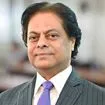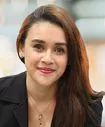- in European Union
- within Consumer Protection, Transport and Immigration topic(s)
Preface
Art in its myriad forms, has been the cornerstone of human civilisation since its very inception. Historically, it has shaped the socio-economic and cultural heritage of mankind. In the forthcoming pages, we will explore the evolution of art from being a medium of expression to a driver of social and political change to its present form of being primarily, an emerging and highly coveted asset class. .
In this E-Book we explore the unique point of convergence of art and principles of law We delve into the multi-disciplinary avenues of the law surrounding art which is but a consequence of the rise in its value and evolving mediums in which it is showcased While Art Law has been a niche area of legal practice in many countries, it is still relatively nascent in India With over 20 centuries of recorded artistic history, art law maps a rather untraversed spectrum of legal considerations balancing freedom of expression with the rights of intellectual property and the Constitutional obligations of maintaining socio-political harmony.
Dentons Link Legal has established a long-standing practice in intellectual property rights, asset acquisitions and dispute resolution not just in India, but across global frontiers, particularly through the combination with the global legal giant, Dentons The foray into the emerging domain of art law was but natural As a full-service law firm with 50+ partners spread across 6 offices in India and a global strength of 7000+ lawyers across 160 offices across the World, we are poised to provide cutting edge legal services to cater to the protection of your rights across the value chain.
Aura Art Development Private Limited.
("AADPL" or "Aura Art") was incorporated in 2008 with a vision of developing the culture of creation and collection of fine art and providing a discovery platform for identifying artists of caliber, thereby bringing their art to the mainstream In 2015, AADPL set-up a subsidiary, Aura Art eConnect Private Limited, to leverage technology in the distribution of art by creating India's leading online marketplace for curated fine art and organizing art shows (www.auraart.in) Having demonstrated a successful model for promoting emerging artists, AADPL is now set to take on the challenge of providing Art Infrastructure Solutions (wwwartinfrasolutions com), as a one stop-shop for all needs of Art Collectors, Corporates, Artists, Museums, Foundations, Government and other Institutions (including palaces, temples, religious and spiritual organizations etc).
In the wake of art and cultural objects receiving greater appreciation and recognition globally as the heart and soul of the cultural economy, it is imperative to create an integrated infrastructural base to manage assets of such high economic value and in furtherance of the increased sensibility of their invaluable historic representation This calls for an integrated approach, of in-house capability enhancement, in-depth research, and regulatory compliance with collateral stakeholder collaboration.
Our endeavor through this E-Book, is to explore the complex legal landscape across intellectual property in respect of visual art (the paradigm of derivative works and moral rights of an artist); the consequences of the digital intervention into the world of art as well as the evolving forms of art While our primary focus remains on the present and foreseen legal framework in India, we are cognizant of the reality of art transcending geo-political boundaries and hence we delve into the legislative and judicial ecosystem globally as well We hope this acts as a relevant guide to provide an in-depth understanding of the current and prospective regulatory regime for the torchbearers of our cultural heritage At the vanguard of the digital and social economy, Dentons Link Legal prides itself in its global expertise on art law.
Chapter I Introduction
What constitutes "art" is a subjective matter often in public discourse The dictionary meaning of "art" is the use of skill and imagination in the creation of aesthetic objects, environments, or experiences that can be shared with others Visual arts encompass a broad spectrum, from traditional forms like sculpture, painting, sketches and photography, to contemporary forms of architecture and applied arts or design (including graphic design, industrial design, and fashion design)1 whereas Fine Art is a subset of visual art, which is created by experienced and skilled artists and is coveted for its value as an investment vehicle as well as a statement of luxury.
The Black's law dictionary defines "art" as the methodical application of knowledge or skill in creating something Therefore, the application of human imagination and creativity to raw material is a necessary concomitant of the definition of art.
Fine Art.
Fine art refers to the quintessential elements of art encompassed in paintings, sculptures, sketches, and photographs captured in the definition of "artistic works" under the Copyright Act, 1957.
Literary Art.
This captures art that is traditionally in literary form across genres such as poetry, script, novels, and essays that use language and script to communicate and express an artist's thoughts.
Performing Arts.
Performing arts encompass live presentations to an audience capturing expression through music, opera, dance, theatre and acting Featuring cultural promotions and ingenuity, performing arts is seen through classical periods of tribal and folk roots.
Commercial Art.
Commercial art captures the gamut of artistic works created pursuant to a contract of employment or service and typically in furtherance of a commercial objective – arts created for advertising, product branding, logos, websites, applications, etc Another popular form of commercial art includes tattoo art which was once rooted in tribal identity but has thereafter become a style statement.
Digital Art.
Technology is used as a medium to create interactive, real-time, and generative elements 2 With its origins in algorithmic drawings of the 1960's, digital art has now taken on diverse avatars – from virtual reality to interactive works that engage audiences in the creative process By virtue of its medium of creation, it has a higher outreach than physical art 3 Listed below, are popular forms of digital art:.
- Animation – Pioneered by the likes of Émile Cohl and Walt Disney,4 animation evolved from traditional 2D styles using classic and vectorbased techniques to realistic, multi-angle visuals in 3D and found popularity in cinematography, television and gaming
- Augmented and virtual reality – Real-life artistic experiences are created with a blend of interactive 3D visuals projected onto existing real-world spaces – an extension of immersive experiences for the audience The Van Gogh 360°" exhibit is an illustration of the same – a multi-dimensional experience created by projecting over 300 paintings of Van Gogh across walls and floors, allowing visitors to completely engage with the art with each piece seamlessly transitioning onto the next and tracing the life of the iconic artist 5 In India NMACC has taken the lead in creating and hosting such experiences at scale 6
- Blockchain and Metaverse – While the blockchain technology lends itself as a certification mechanism to authenticate art, establish and create immutable records of provenance, and automate the flow of royalty, the metaverse offers artists a platform to own, create and exhibit digital art experiences and virtual galleries Digital artworks are often cryptographically tokenized on the blockchain as non-fungible tokens (NFTs)
- Generative Art – Art created by an autonomous computer-scripted algorithm which is trained on large volumes of data pertaining to existing art forms, influences, material, etc Yet, the creation is refined by prompts created by humans A notable example of art generated by the AI-human collaboration is "The Next Rembrandt," where a prompt was written for the AI model to analyze Rembrandt's works and generate a new painting in his style
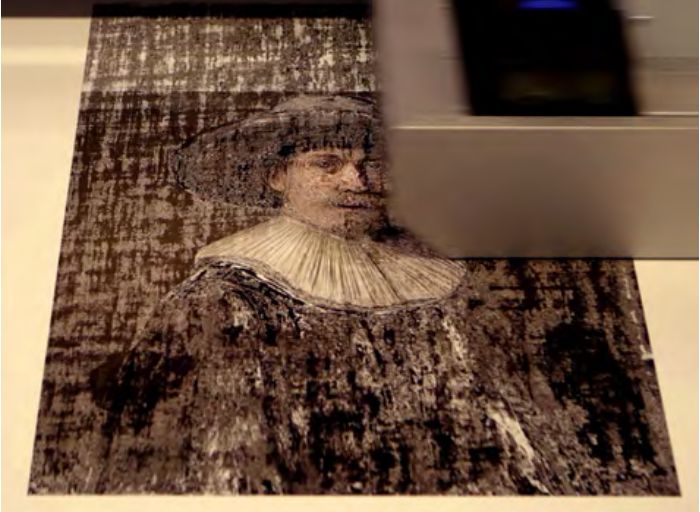
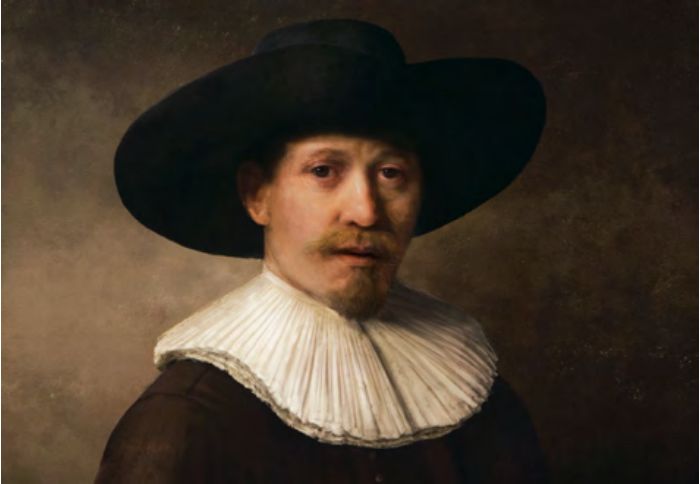
"The final step was printing the painting. Canon has a high-end, custom-made 3D printer that is especially designed to re-create existing paintings. So far, it had never been used to create a new painting. Until now. We printed thirteen layers of a special paintbased UV ink, to bring The Next Rembrandt to life.".
Sourced from https://mediumcom/@DutchDigital/the-nextrembrandt-bringing-the-old-master-back-to-life-35dfb1653597.
The Historical Categorization of Art.
Having deliberated upon the different categories of art, it is pertinent to note that the evolution of artistic styles, themes and movements through the course of history offer yet another methodology in the classification of art and further lend context to the origins of art creation and collection.
Traditional Art emerged as the first medium of expression amongst cavemen and thereafter, traversed many a political and social landscape In the Middle Ages, artists and sculptors were treated as artisans, with no credence or discretion lent to their creativity and intellect However, the Renaissance witnessed the rediscovery of traditional art with innovations like the oil paint and the thematic perspective which elevated the status of artists It marked a shift in the narrative around artistic works, which were now viewed as intellectual pursuits involving an understanding of mathematics, anatomy, tradition, and philosophy Paintings, sculptures and architecture were now recognised as "liberal arts" rather than mere trades, creating the way for iconic artists like Leonardo da Vinci and Michelangelo Art was now celebrated as a profound expression of humanism and each artwork derived its value from the uniqueness of the artist's persona, attributed significantly to the patronage by the Medici family, during the Renaissance cultural movement 7 In 1508, Pope Julius II commissioned Michelangelo to paint the ceiling of the Sistine Chapel The work not only bears religious significance but is claimed to have been intended to restore Rome's glory and elevate the Pope' stature 8.
The mid-19th century witnessed a transition towards the Realist Art era – historical events such as the French Revolution and colonial invasion began to shape the nature of artistic expression – manifested in a depiction of (then) current events, sociopolitical ideology and human emotions surrounding romance In the pursuit of casting a deep-rooted web of influence over the Indian social and political economy, the colonial rule attempted to steer the course of traditional art towards western-art aesthetics and set up multiple colleges for the study of fine art.
The Bengal School of Art was birthed as a part of the nationalist movement, to challenge the colonial bias, nurtured by E B Havell and Abanindranath Tagore The depiction of current affairs continued but with a focus on the prevailing economic conditions – exemplified by the sketches of the Bengal Famine in 1943 documented by Chittoprasad Bhattacharya, a Bengali artist and political activist, in his book, Hungry Bengal, alongside Somnath Hore.
The inspiration of the nationalist movement from the Bengal School itself gave an impetus to the rise of Modernism, with India's first art school, Kala Bhavana, being set up in 1919 as part of VisvaBharati University conceptualized by Rabindranath Tagore in Shantiniketan This period was marked by a deliberate deviation from the existing narrative with a strong tendency for experimentation across a multiplicity of themes An initial champion of this ideology of modernism, Raja Ravi Varma blended Western techniques with Indian themes, carving his own take on the nationalist movement with his portraits of leaders like Dadabhai Naoroji and Bal Gangadhar Tilak along with his mythological works such as the Goddess Bhawani granting weapons to Shivaji 9 On one hand the artists like Francis Newton Souza, challenged conventional notions of beauty and morality, with portrayals of nude women in exaggerated proportions – a discourse relevant even in today's cultural and legislative ecosystem MF Husain on the other hand, blended western strokes with bright Indian colours, and portrayed Indian mythology, folklore and religion SH Raza on the other hand, resorted to landscapes and abstractionism – later picked up by Gaitonde as well 10.
The post-modernist focus on socio-political realities in late 20th century India paved the way for the period of Contemporary Art encompassing the creations of 21st Century artists operating in a globally influenced, culturally diverse and technologically advanced world 11.
The advancement of technology and complex sciences naturally had their influence on aesthetics and human ideologies Post-Contemporary Art emerged with experiments in innovative media like performance, video, installation, animation, digital media, fashion and now also generative art – the category of digital art that we have explored above.
Chapter II The Economics of Art
It has been established that commissioning of art was traditionally, the privilege of the aristocrats and the ruling class who hired artists to execute a pre-determined project The Renaissance marked a shift in the structure of the primary art market where artists were accorded greater creative discretion and their unique style found special recognition amongst the aristocrats and patrons The monetary value of the work was derived from the reputation of the artists and the political, religious and social narratives attached to the work itself.
The services of the artist being personal and non-fungible in nature, the production of new works was limited by human mortality and physical capacity – factors that influenced the monetary value of the artwork itself This led to the emergence of a secondary art market in the form of auctions, with rare timeless pieces witnessing a marked appreciation in value In 1674, Baron Claes Rålamb established the first auction house in Stockholm, with major names like Christie's and Sotheby's emerging a century later.
While art continued to be collected on the premise of being a statement of one's wealth, it also started gaining prominence as an effective investment vehicle While the first modern art fund dates to 1904, major financial institutions like Deutsche Bank and UBS hold tens of thousands of artworks today, reflecting the growing recognition of art as a valuable investment12 The British Rail Pension Fund also allocated 29% of its portfolio to art, from 1974-1999, with positive results.
Cut to today, the rising per capita disposable income in the last couple of decades has resulted in an expanding collector base It is not just the global art economy that is proliferating Indian artists are gaining prominence in the global market and high-net-worth individuals across the World are seeking out Indian artworks.
While there are no accurate estimates available for the present size of the Indian art market, it can be estimated to be between Rs 3,000-4,000 crores13 (say US$ 400 million), which is still a small fraction of the US$ 65 billion Global art market.
Until the late twentieth century, it was widely believed that the fluctuations in the value of art do not follow a definite and predictable pattern unlike other asset classes However, by early twenty-first century, there was adequate data to develop art price indices, beginning with Mei & Moses (2002), which demonstrated that art price movements are somewhat predictable More interestingly, further analysis by Aura Art has demonstrated that the art market, globally as well as in India, is in a secular uptrend For this purpose, Aura Art plotted the highest milestone prices achieved by successive Indian paintings over nearly 25 years (also paintings by international artists for over 50 years) Based on this analysis (initially presented in 2019), as updated subsequently, the Indian art market witnessed an interesting growth rate of 23% over the 31 year period (1992 to 2023), which took the highest price painting from Rs 10 lakhs to Rs 618 crore This analysis of the broad generic market trend is supported by the graphs of the growth in price of works on repeat sales of specific artworks, four of which are plotted in the graphs to follow.
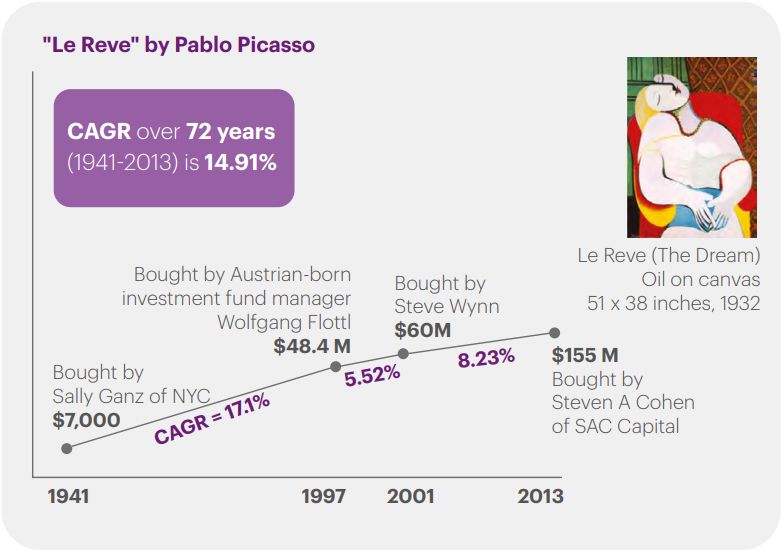
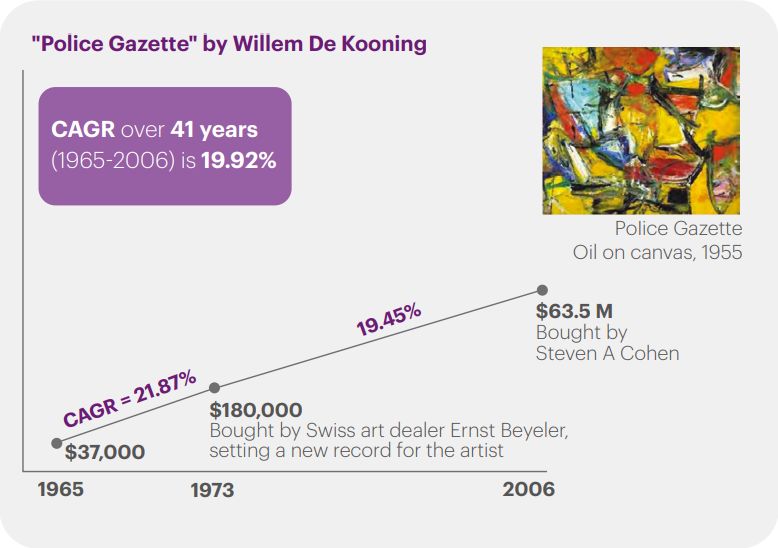
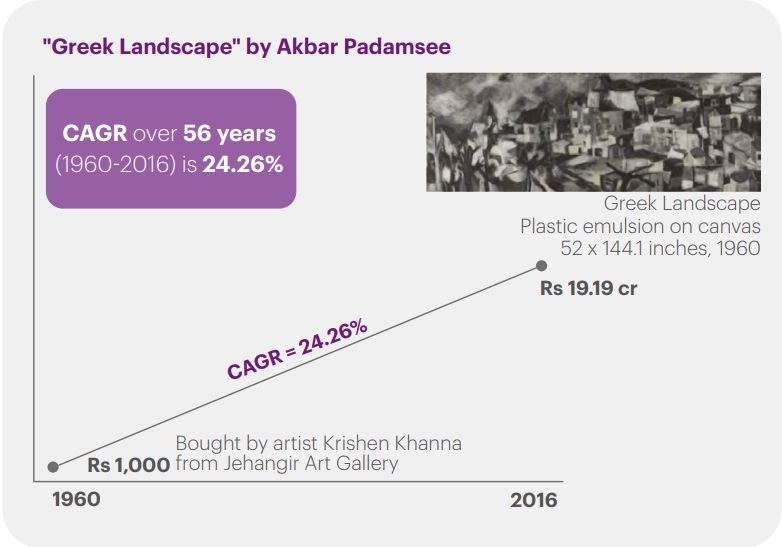
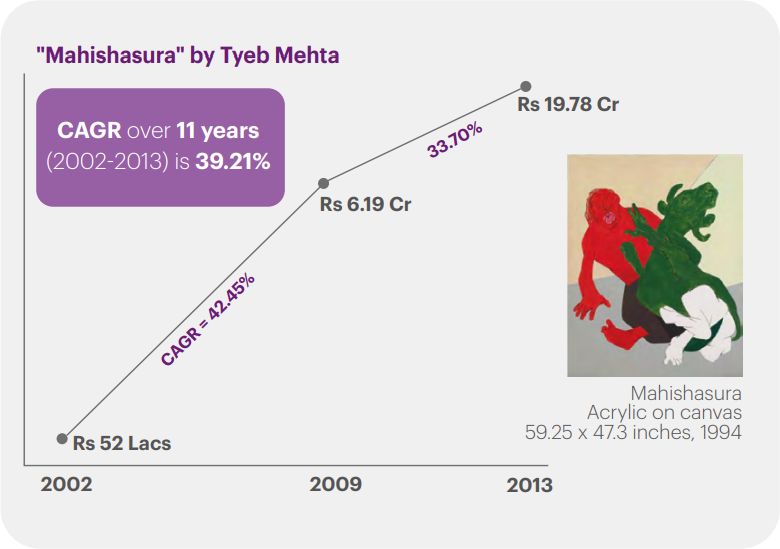
An investment in art is based on a perceived future value which cannot be ascertained by any mathematical formula Therefore, to some extent, it is a bet on an uncertain future value which is derived from a multiplicity of factors – sentiments in relation to the artist, political and cultural developments, and evolution of aesthetics.
Further, it is pertinent to note that investment in art is subject to the same risks as an investment in any other illiquid asset – the vulnerability to damage and destruction as well as the cost of insurance, storage, transportation, valuation reporting, cataloguing and/ or exhibiting and taxation in transactions However, in comparison to other assets such as real estate, art bears certain other unique risks:.
- Risk of procurement of fraudulent copies of the original work owing to the failure of human experts to identify and trace its provenance; and
- Market risk of unpredictable and adverse conditions on account of which, the amount invested may get blocked for incomprehensible durations
Footnotes
1 https://wwwlinearityio/blog/visual-arts/
2 https://whitneyorg/essays/histories-of-the-digital-now
4 https://wwwtateorguk/art/art-terms/a/animation
7 Westchester Community College, "Art 109 – Renaissance to Modern" The Role of the Artist in the Renaissance, https://art109textbookwordpresscom/new-online-textbook-2-2/chapter-3-the-italian-renaissance/ the-role-of-the-artist-in-the-renaissance/
8 https://wwwthoughtcocom/the-sistine-chapel-ceiling-by-michelangelo-183004#:~:text=The%20Paintings%20Were%20 Commissioned%20by%20Pope%20Julius%20II,-In%201508%2C%20Pope&text=He%20felt%20that%20such%20 artistic,Julius'%20rival)%20had%20accomplished / https://wwwbritannicacom/topic/Sistine-Chapel
11 Contemporary Indian Art – MAP Academy
13 Aura Art estimate, inferred from various data points
To view the full article click here
The content of this article is intended to provide a general guide to the subject matter. Specialist advice should be sought about your specific circumstances.

